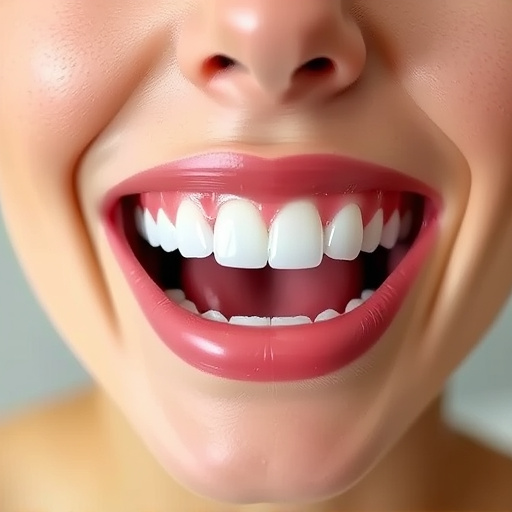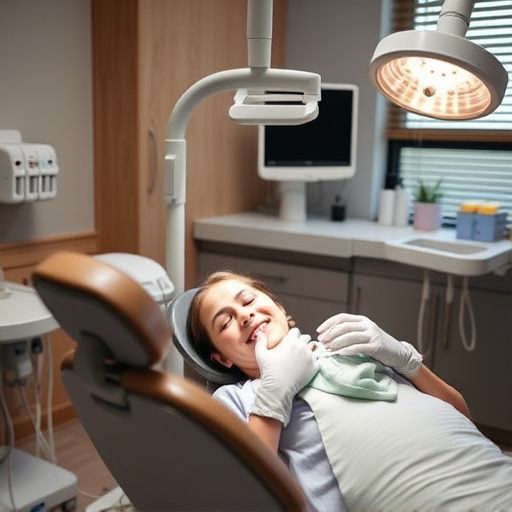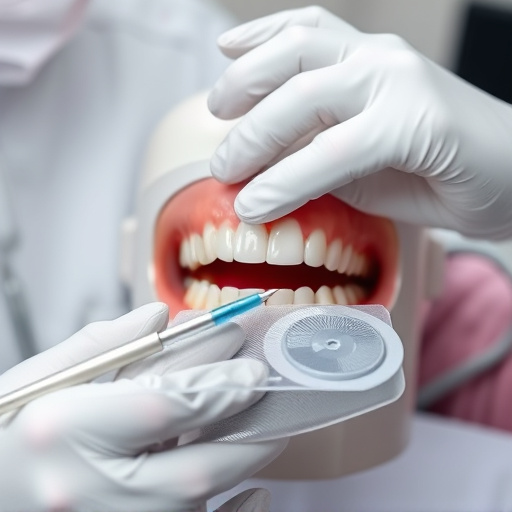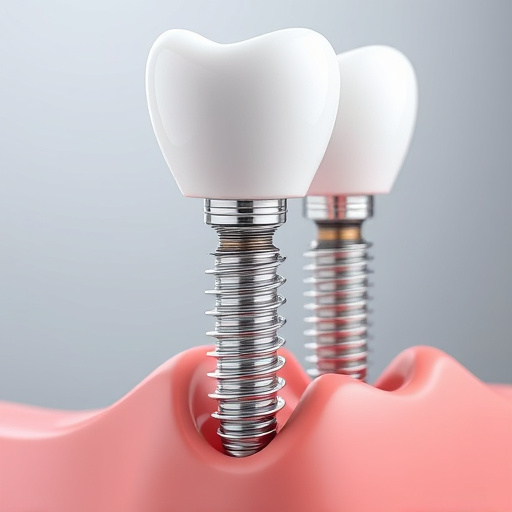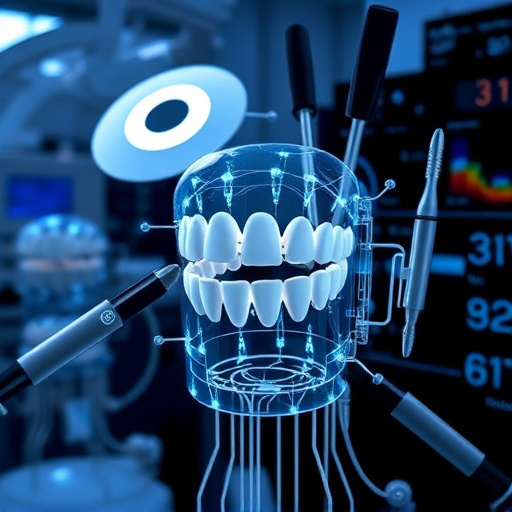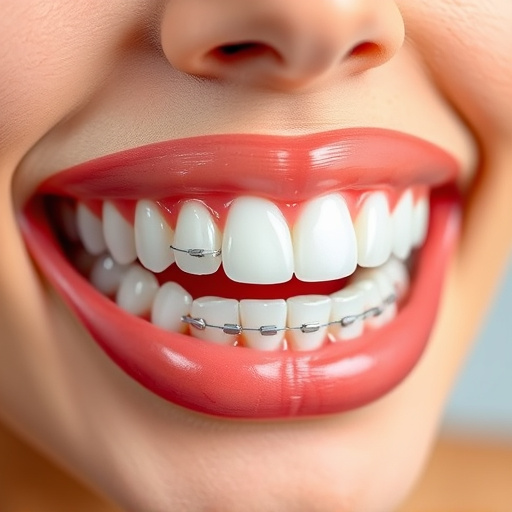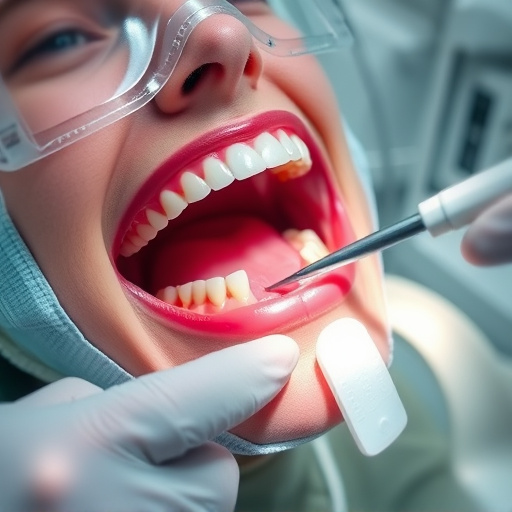3D dental imaging revolutionizes oral healthcare with its unprecedented precision and detailed digital models of patients' mouths, allowing dentists to view teeth, gums, and bone structures from all angles. This technology offers significant advantages over traditional 2D methods, particularly in complex procedures like tooth extractions and fitting dental crowns, leading to improved diagnostic accuracy, treatment planning, and ultimately better patient outcomes. Its versatility extends to orthodontics, cosmetic procedures, and pediatric dentistry, ensuring safer and more tailored interventions.
In the pursuit of precision dentistry, 3D dental imaging has emerged as a revolutionary tool. This technology offers an unparalleled level of detail, enabling dentists to visualize oral structures in three dimensions. By analyzing complex data, 3D imaging provides more accurate diagnoses and treatment planning. This article explores the understanding and advantages of 3D dental imaging, highlights its impact through case studies, and underscores how this innovation is transforming dental care for improved precision and patient outcomes.
- Understanding 3D Dental Imaging Technology
- Advantages of 3D Imaging in Dental Treatment
- Case Studies: The Impact of 3D Imaging on Precision Dentistry
Understanding 3D Dental Imaging Technology
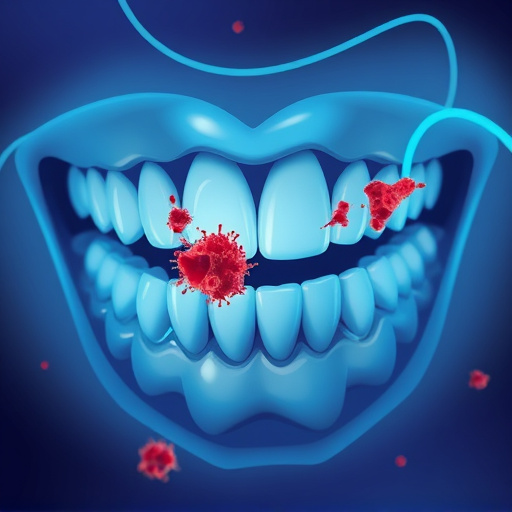
3D dental imaging technology has revolutionized comprehensive dental care, offering a new level of precision and detail in oral examinations. Unlike traditional 2D radiography, which provides limited views, 3D imaging creates a digital model of a patient’s mouth, allowing dentists to view teeth, gums, and nearby bone structures from all angles. This innovative approach is particularly beneficial for complex dental procedures like tooth extractions, where accurate planning is crucial.
With 3D imaging, family dentistry professionals can assess the unique anatomy of each patient more effectively. The detailed models enable them to identify potential issues that might be obscured by 2D images, such as hidden cavities or root positions. This advanced technology not only enhances diagnostic accuracy but also facilitates better treatment planning, ultimately leading to improved patient outcomes in procedures like extractions and other specialized dental care services.
Advantages of 3D Imaging in Dental Treatment
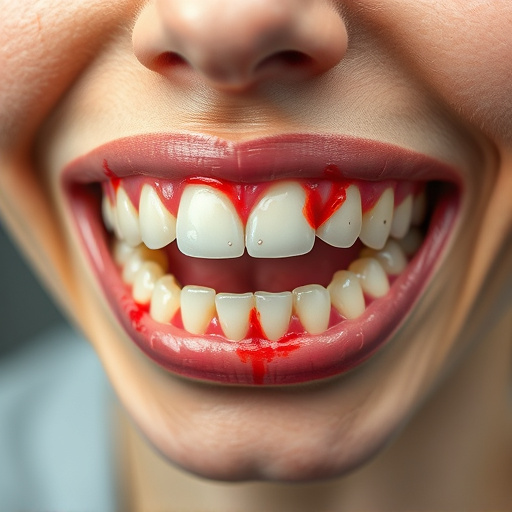
The integration of 3D dental imaging has revolutionized the way dental treatments are delivered, offering numerous advantages over traditional 2D methods. This advanced technology provides dentists with a comprehensive, three-dimensional view of a patient’s oral cavity, allowing for more precise and effective planning. With 3D imaging, dentists can accurately visualize tooth positions, jaw structures, and surrounding tissues, enabling them to make informed decisions about complex procedures.
One of the key benefits is its versatility in various dental practices. Whether it’s aiding in the design of clear aligners for orthodontic treatment or enhancing cosmetic dentistry procedures, 3D imaging offers unprecedented clarity. Moreover, in children’s dentistry, this technology ensures safer and more tailored interventions by providing a detailed understanding of a child’s unique oral development.
Case Studies: The Impact of 3D Imaging on Precision Dentistry
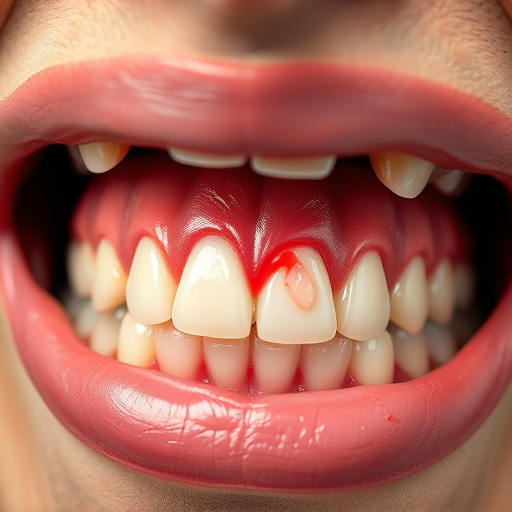
Case studies have shown that 3D dental imaging significantly enhances precision in various dental procedures. For instance, in complex tooth extractions, where accuracy is paramount to avoid damaging adjacent structures, 3D imaging provides a detailed, three-dimensional view of the oral cavity, enabling dentists to plan the extraction with greater confidence. This technology has been particularly beneficial in navigating dense jawbones and identifying crucial anatomical landmarks, reducing the risk of complications.
Similarly, when it comes to fitting dental crowns, 3D imaging ensures precise measurements and a seamless fit. By capturing detailed digital models of teeth and gums, dentists can create custom-made crowns that match not just the shape but also the texture of natural teeth. This level of precision contributes to improved patient comfort, faster recovery times, and longer-lasting results, thereby underscoring the pivotal role of 3D dental imaging in delivering comprehensive dental care.
3D dental imaging technology has revolutionized precision dentistry, offering dentists a detailed and comprehensive view of oral structures. By providing three-dimensional models of teeth, gums, and surrounding bone, this advanced imaging method enables more accurate diagnoses, improved treatment planning, and enhanced surgical outcomes. The advantages are clear, as demonstrated by various case studies showcasing successful treatments made possible through 3D dental imaging’s precise navigation and visualization capabilities. Embracing this technology is a step towards better patient care and more effective dental procedures.








